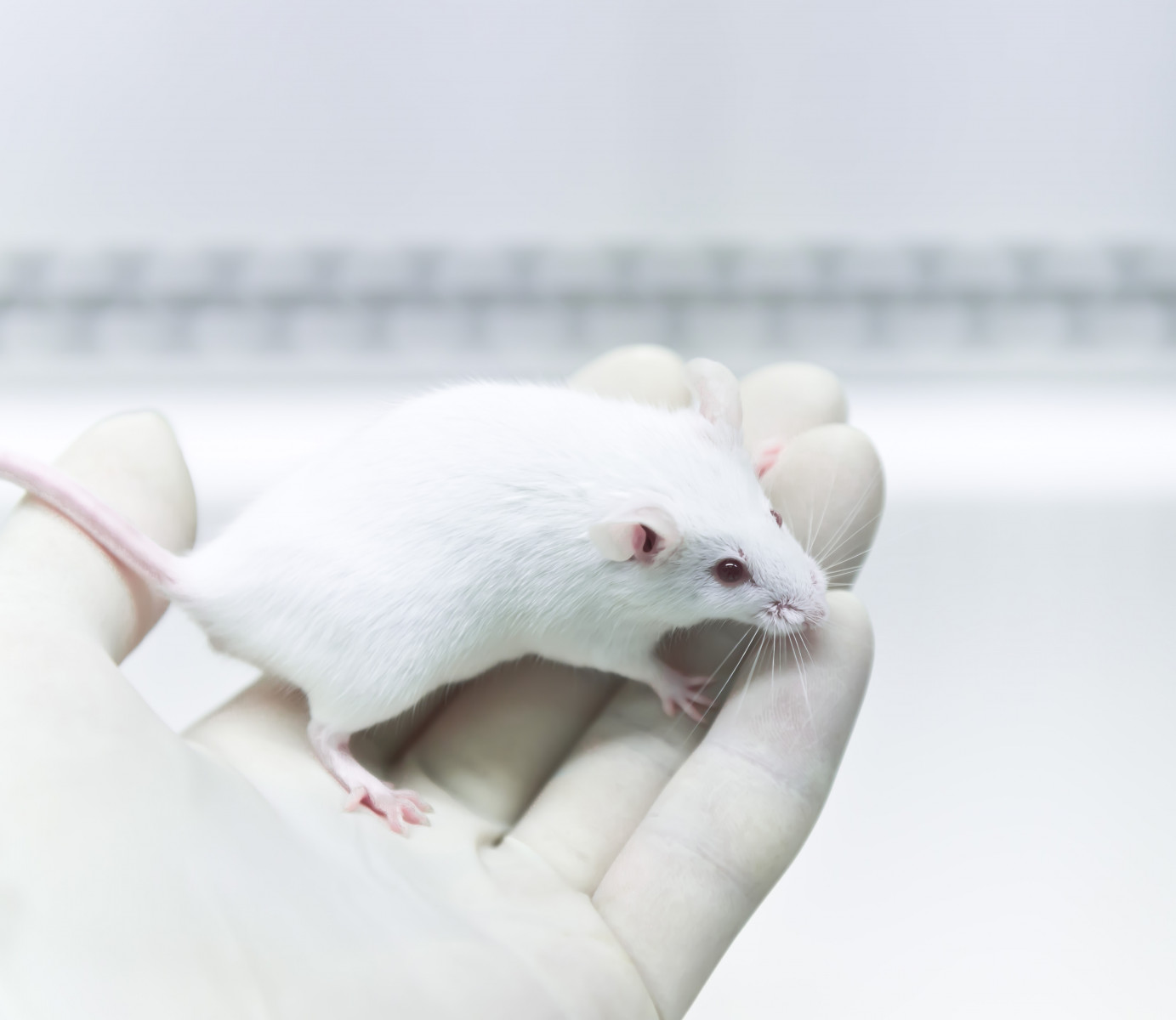Murepavadin Antibiotic Well-tolerated by Animals Infected with Pseudomonas Aeruginosa, Preclinical Data Show

Murepavadin (POL7080), Polyphor‘s lead investigational antibiotic targeting Gram-negative bacteria, behaved as expected and was well-tolerated when administered to mice harboring a lung infection caused by Pseudomonas aeruginosa, data from a preclinical study show.
Of note, P. aeruginosa is a bacteria that often infects the lungs of patients with cystic fibrosis (CF).
The findings were presented in an oral presentation, titled “Pharmacokinetics and pharmacodynamics of murepavadin (POL7080) in neutropenic lung infection models when evaluated by aerosol administration,” at the 42nd European Cystic Fibrosis Conference, June 5–8, 2019, held in Liverpool, U.K.
“Respiratory infections, especially those caused by drug-resistant bacteria, are the main cause of disease and death in people with cystic fibrosis and bronchiectasis. New treatment options are urgently needed to fight resistant pathogens, especially resistant Pseudomonas strains,” Daniel Obrecht, chief scientific officer of Polyphor, said in a press release.
Murepavadin belongs to a new class of antibiotics known as outer membrane protein targeting antibiotics (OMPTAs). These antibiotics have been designed to bind to proteins found on the outer membrane of Gram-negative bacteria, such as P. aeruginosa, which are particularly hard to target and eliminate, as well as multi-resistant strains.
Polyphor presented new preclinical data at the conference from a study assessing the efficacy, safety, tolerability, and pharmacokinetic (how a drug is absorbed, distributed, metabolized, and eliminated from the body) properties of murepavadin when administered to mice with neutropenia (low white blood cell count), and lung infection caused by P. aeruginosa.
The Cystic Fibrosis News Today forums are a place to connect with other patients, share tips and talk about the latest research. Join today!
In the study, animals started treatment with murepavadin two hours after being infected, and the treatment lasted for 24 hours. The antibiotic was administered either intratracheally (through the windpipe) at doses ranging from 0.156 to 15 mg/kg, or as a single dose by inhalation (7.26 mg/kg/h). In all experiments, polymyxin B was used as a control antibiotic.
Results showed that murepavadin had a linear, dose-dependent effect when administered intratracheally in both plasma and epithelial lining fluid samples. However, exposure of the epithelial lining fluid to the antibiotic was approximately 1,000-times higher than that in plasma.
The data also showed that murepavadin displayed a strong activity towards four different strains of P. aeruginosa when administered intratracheally at doses lower than one mg/kg.
Preliminary findings also suggested that murepavadin was safe and well-tolerated when administered by inhalation.
Polyphor is currently taking advantage of the iABC (inhaled Antibiotics in Bronchiectasis and Cystic fibrosis) project, a European program supporting the development of inhaled antibiotics, to accelerate the development of its new inhaled formulation of murepavadin.
The iABC project is being led by a consortium of lung specialists spread across 18 hospitals and research facilities from eight different European countries.
Under the grant agreement 115721 issued by the Innovative Medicines Initiative — the largest public-private partnership between the European Commission and the European Federation of Pharmaceutical Industries and Associations — all institutions involved in the project will be eligible to receive up to 5 million euros in funding, while Polyphor is expected to invest up to 5 million euros.
“Murepavadin is a precision antibiotic specifically targeting Pseudomonas aeruginosa, the main cause of chronic lung infection in cystic fibrosis. The in vivo data presented are encouraging, and we are looking forward to further developing the inhaled formulation of murepavadin within the iABC project, which will be an important step to find a new treatment option to improve the quality of life and increase life expectancy of these patients,” Obrecht concluded.







